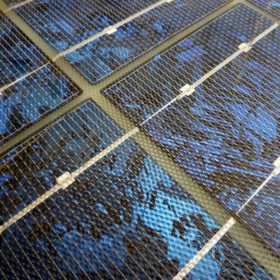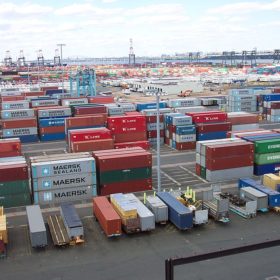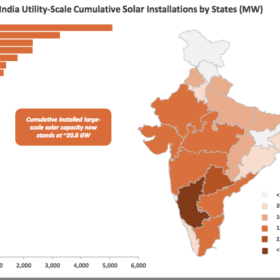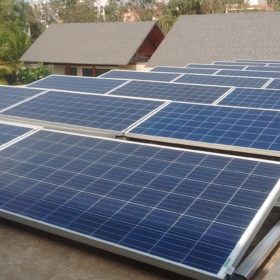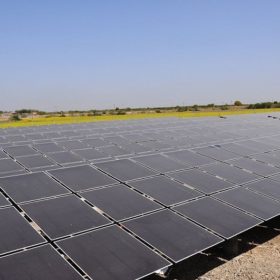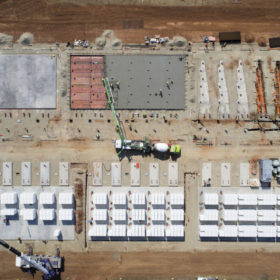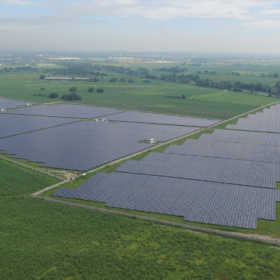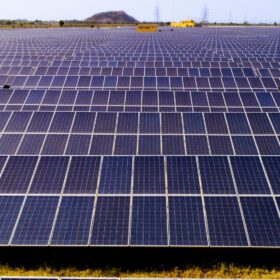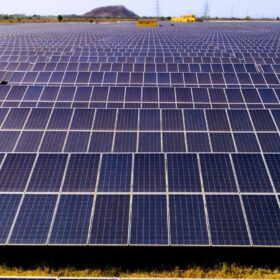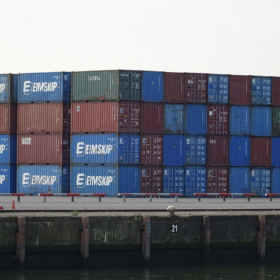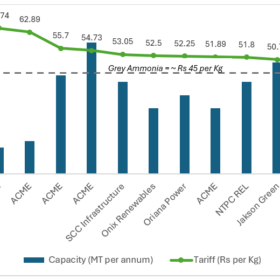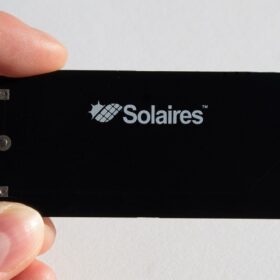Power regulator told to pass on changes in duties to consumers
A time-bound process would eliminate financial uncertainties for stakeholders – be it developers, lenders or the DISCOMs. It is a particularly big relief to solar PV power developers seeking pass-through for the impact of goods and services tax (GST) on project costs.
Safeguard duty fallout: NTPC and MPUVNL delay solar auctions
Responding to developer requests, the state-run NTPC has deferred a 2 GW solar auction by a week, to Tuesday. Madhya Pradesh Urja Vikas Nigam Ltd is another state-owned corporation that has extended its bid submission deadline – for 33 MWp of rooftop solar – from August 9 to August 17, after similar requests.
Few winners as India imposes 25% safeguard duty, says IHS Markit
The tariff means PV projects will pause as developers adjust procurement strategies and new tenders risk delays or cancellation. The two-year limit on the duty will not be long enough to prompt more cell manufacturing capacity and as for imports, there are doubts over how the origin of cells will be adjudicated so that Chinese and Malaysian cells are subject to the charge, say analysts.
Lower module pricing will bolster PV deployment in India
More than 80% of India’s solar equipment requirements are met through imports from China. Against this backdrop, industry analysts see the predicted 30% lower module pricing, following China’s revised policy, as a good news for Indian PV projects.
Is SoftBank’s $100 billion investment in Indian solar realistic?
While news of Japan’s SoftBank announcing up to USD 60-100 billion investment in India’s solar PV power generation is creating ripples across the industry circles, industry analysts feel that the committment sounds unrealistic in view of India’s current PV market status and future needs.
India records best ever quarter, but safeguard duties holding solar industry back – Mercom
According to Mercom India, the Indian solar PV industry has recorded its strongest quarter since the launch of the National Solar Mission. In addition to declining module prices, both rooftop and utility-scale installations saw strong growth. Clarity is needed, however, on the ongoing safeguard duty saga, to drive the industry forward.
MNRE: Rooftop PV targets missed, ground-mounted and off-grid exceeded
In the past financial year, India missed its rooftop solar PV targets, although it did exceed those for both grid-connected ground-mounted and off-grid systems, reports the Ministry of New and Renewable Energy. Bridge to India believes the government’s rooftop targets have been set at the wrong level and that around 10 GW will be installed by 2022, rather than 40 GW.
5 GW Indian solar park ‘crucial’
The Gujarat state government has approved a 5 GW solar PV park, to be located in the Dholera Special Investment Region. The development of what will become the world’s largest such project when complete, is seen as “crucial” on the back of Bangladesh’s recent interest to procure 2 GW of solar energy from India.
Storage pipeline grows to 10.4 GW, installations reached 1.9 GW in 2017, finds IHS Markit
Analyst data records 53% annual growth in storage in 2017, rising to 1.9 GW as South Korea climbed to top of the tree in terms of cumulative capacity. Global project pipeline has soared to 10.4 GW.
2018: India second largest solar market on back of 113 GW global installations
With 11 GW, India is set to become the second largest solar PV market in 2018, usurping the U.S., as global demand reaches 113 GW, says IHS Markit. It adds that Q4 will be the biggest quarter in history for installations, with 34 GW expected.

